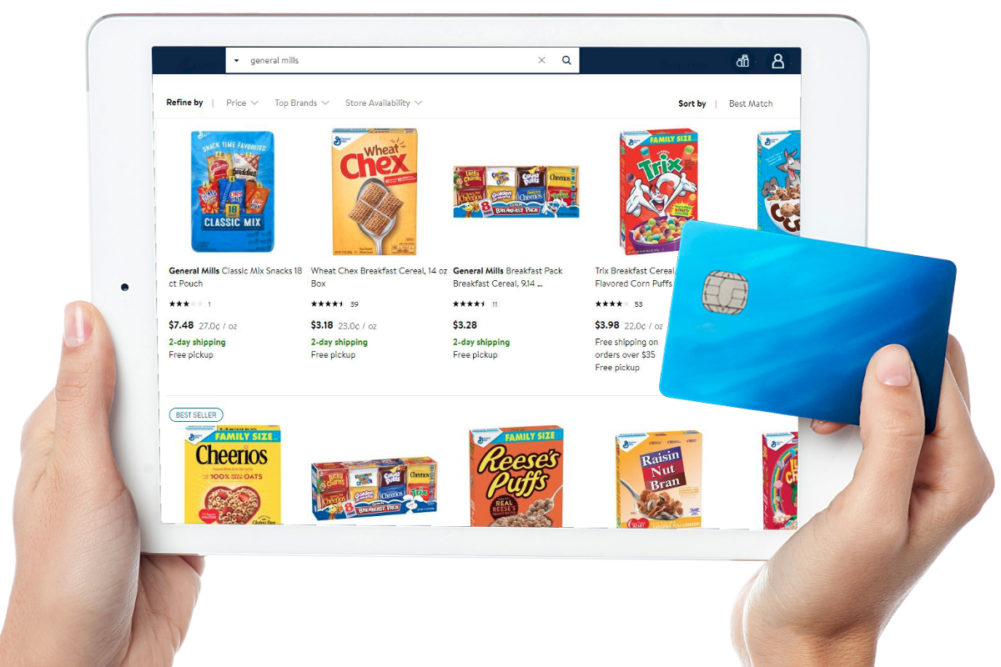MINNEAPOLIS — Consumers are ordering for more products online and General Mills is well equipped to meet demand, said Jeffrey L. Harmening, chief executive officer of the Minneapolis-based company.
“If we look at e-commerce broadly across the company, it’s roughly 9% of our sales as we exit the fourth quarter, with a significant increase,” Harmening said during a July 1 conference call with analysts following the release of the company’s fiscal 2020 financial results.
Harmening said General Mills over-indexes online versus bricks-and-mortar, a trend that carries across all the company’s geographies and most of its categories. He cited two reasons for the trend.
“One is that we’ve been investing in e-commerce for a number of years, and the second is that we have really good brands, and we have a lot of the biggest brands,” he said. “And when you’re shopping online, those are the brands that tend to do well.”
As a result, he said General Mills has seen “an outsized growth” in e-commerce during the coronavirus pandemic, with growth particularly acute in the United States.
Elaborating on e-commerce expansion in the United States, Jonathan J. Nudi, president of North America Retail, said General Mills’ experienced a 250% increase in its e-commerce business in the fourth quarter.
“Importantly, now almost 50% of all US households have purchased food and beverage products (online) over the last year,” he said. “So again, that’s a significant step-up of about 7 (percentage) points versus the prior year from a penetration standpoint.”
Nudi said additional e-commerce growth has been limited by retailers’ capacity to deliver to consumers’ homes and the number of slots available for click-and-collect.
“So we’re working with our retail partners to make sure that we optimize our e-commerce business with them, increasingly really connecting into their data and making sure that we take an omnichannel approach to making sure whether the consumer wants to shop in the store or shop online, they’re seeing consistent campaigns, and then really working from a supply chain standpoint as well to make sure that we can deliver products to our consumers — to our customers who will ultimately get it to our consumers,” Nudi said.


